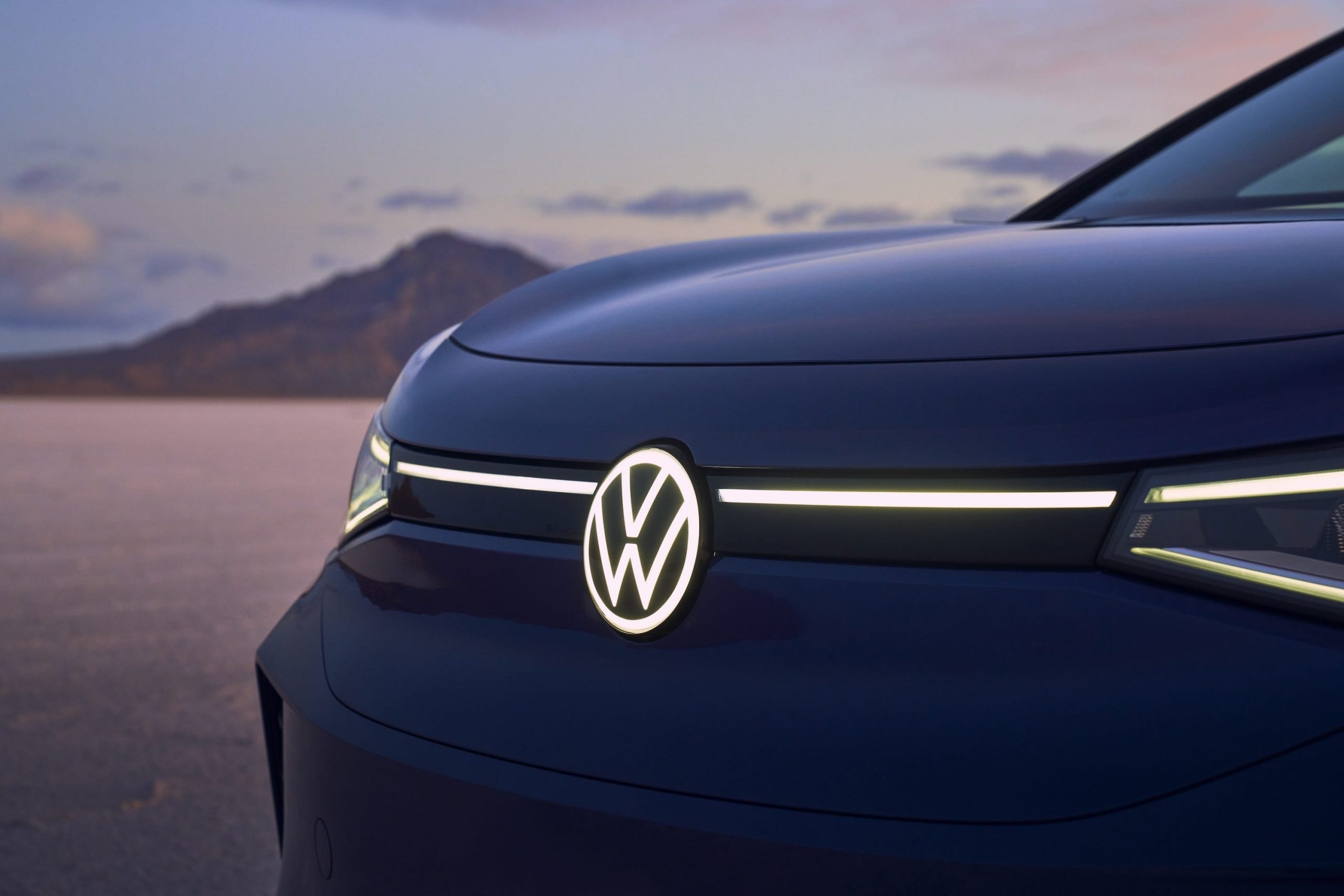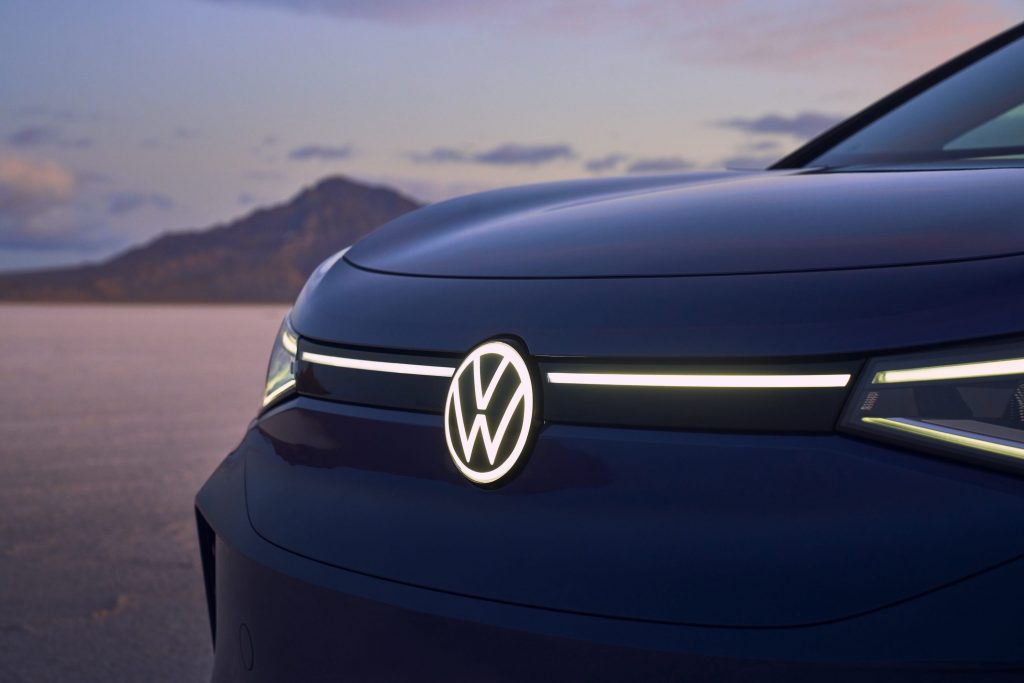
Volkswagen
- The federal tax credit for electric cars has been around for more than a decade.
- You can get $7,500 back at tax time if you buy a new electric vehicle – but not a Tesla or a Chevy.
- See more stories on Insider's business page.
A lot of things need to happen for green electric cars to take over roads from their fuel-drinking counterparts. One method that may help: making them cheaper.
The US is trying to make electric vehicles more attainable through a tax credit that can knock the out-of-pocket cost of an EV down thousands of dollars. But how does it work?
Here's what you need to know:
What is the federal EV tax credit?
The federal government launched the program amid the Great Recession to decrease the effective cost of clean vehicles by up to $7,500. The idea was to boost sales of electric cars and help carmakers scale up manufacturing.
Which models are eligible?
The credit applies to fully electric cars along with plug-in hybrid EVs (PHEVs), which differ from normal hybrids in that they have bigger batteries that you replenish by hooking up to a charger. PHEVs can travel some distance using electricity alone, while other hybrids can't.
The US Department of Energy keeps a running list of eligible models on its website. The credit only applies to the first 200,000 plug-in vehicles each manufacturer sells in the US, so both Tesla and General Motors are out of the picture.
Nissan, Toyota, and Ford will probably be next to cross the 200,000-EV threshold.
How much can I get back?
It depends. A BMW i3, for example, qualifies for a tax credit of $7,500. A Subaru Crosstrek Hybrid gets you $4,502.
Why the difference? The IRS calculates the credit based on the size of a vehicle's battery pack. That's why fully electric vehicles are generally eligible for the maximum $7,500 sum, while hybrids often qualify for less.
How do I claim it?
The year after buying a new EV, fill out and submit IRS form 8936 along with your tax return.
What's the catch?
The credit isn't exactly free money for those who go electric. It's applied as a discount to one's federal income taxes, so its ultimate value hinges on the amount a person owes the government.
Say you purchase a $40,000 Volkswagen ID.4, an electric crossover eligible for the entire $7,500 credit. If your total tax liability for that year only adds up to $5,000, you can only redeem $5,000 worth of the credit. If your high-earning neighbor also buys an ID.4 but owes $20,000 in taxes, they will get the full $7,500 subtracted from their bill.
If you don't owe enough to redeem the full amount, the IRS won't cut you a check for the difference, nor will it roll the remainder over to the following year.
Will this change anytime soon?
Maybe. Joe Biden has floated introducing a point-of-sale rebate for EVs, meaning buyers would get an up-front discount rather than a tax-time credit. Some Democratic lawmakers want to increase the credit and eliminate the 200,000-unit rule, which would bring Tesla and GM's popular vehicles back into play.
There's also been talk of creating price and income caps. As it stands now, a surgeon who buys a $160,000 Bentley Bentayga Hybrid gets the same credit as a teacher who picks up a $27,400 Nissan Leaf.
Biden has talked a big game about aggressively pushing the US toward an electric future. So there's reason to believe he will work to make the EV tax credit more effective and equitable.
In 2020, a decade after the policy was launched, plug-ins made up just 2.2% of light vehicle sales in the US, so the White House may have no choice.

